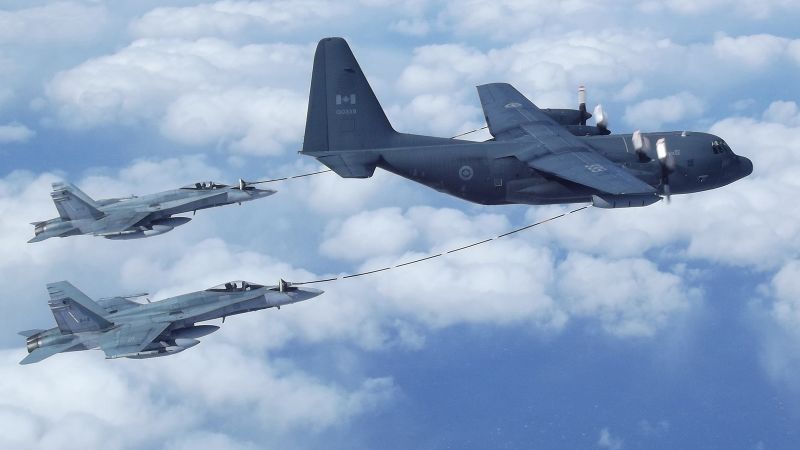Aerial Refueling: A Vital Component of Military Aviation
Introduction
Aerial refueling is a crucial procedure in military aviation, enabling aircraft to extend their range and operational capabilities. It allows military jets to refuel mid-air, minimizing ground stops and enhancing mission effectiveness.
History of Aerial Refueling
The concept of aerial refueling was pioneered in the 1930s, revolutionizing military operations. The first successful air-to-air refueling was conducted in 1923, marking a significant milestone in aviation history.

How Aerial Refueling Works
There are various techniques employed for aerial refueling, including:
- Probe-and-Drogue System: Utilizes a drogue hanging from a refueling aircraft, which the receiving aircraft’s probe connects to.
- Flying Boom System: Involves a rigid tube that extends from the tanker to the receiving aircraft, facilitating the transfer of fuel.

Key Aircraft in Aerial Refueling
Several aircraft are specifically designed for aerial refueling, including:
- KC-135 Stratotanker
- KC-10 Extender
- A330 Voyager
- Boeing’s MQ-25 Stingray, an unmanned carrier-based refueling system.

Recent Developments in Aerial Refueling Technology
Technological advancements continue to evolve the methods of aerial refueling. For instance, Airbus has recently demonstrated fully automatic refueling capabilities that will enhance safety and efficiency.

Conclusion
Aerial refueling is an indispensable aspect of modern military aviation, significantly impacting operational success. As technology progresses, the efficiency and safety of refueling operations will continue to improve, solidifying its role in military strategies globally.




